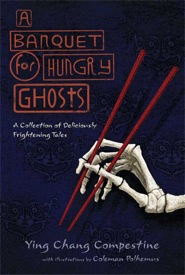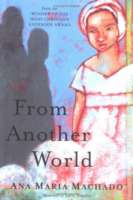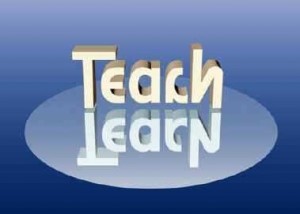By Andrea García, Hofstra University
I want to see children curled up with books, finding an awareness of themselves as they discover other people’s thoughts. I want them to make the connection that books are people’s stories, that writing is talking on paper, and I want them to write their own stories. I’d like my books to provide that connection for them. — Patricia Reilly Giff
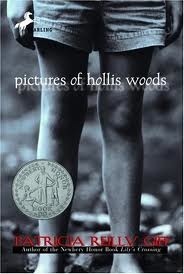 Finding stories that help readers become aware of themselves as they get to “discover other people’s thoughts,” like award-winning author Patricia Reilly Giff describes, ensures that readers have the opportunity to entertain multiple perspectives on life and consider multiple possibilities for what it means to be human in today’s world. Patricia Reilly Giff’s achieves these goals through her remarkable storytelling and her impeccable character development. As the author of over 80 books, including Newbery Honor Books Lily’s Crossing and Pictures of Hollis Woods, Giff’s stories remind us to stop and consider the power of our daily experiences, as we go about our lives meeting people who help shape our identities. Continue reading
Finding stories that help readers become aware of themselves as they get to “discover other people’s thoughts,” like award-winning author Patricia Reilly Giff describes, ensures that readers have the opportunity to entertain multiple perspectives on life and consider multiple possibilities for what it means to be human in today’s world. Patricia Reilly Giff’s achieves these goals through her remarkable storytelling and her impeccable character development. As the author of over 80 books, including Newbery Honor Books Lily’s Crossing and Pictures of Hollis Woods, Giff’s stories remind us to stop and consider the power of our daily experiences, as we go about our lives meeting people who help shape our identities. Continue reading


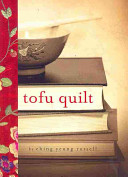 Reading books together and discussing them within a community of readers is at the heart of the process of constructing meaning and negotiating the multiple dimensions that literature has to offer. This month, the focus of my blog is in sharing the literary transactions of a community of elementary teachers, who were invited to document their interpretations to different books through engaging with multiple response strategies while exploring the use of children’s literature in the elementary classroom. Since one of my goals as a literacy educator is to bring books to people
Reading books together and discussing them within a community of readers is at the heart of the process of constructing meaning and negotiating the multiple dimensions that literature has to offer. This month, the focus of my blog is in sharing the literary transactions of a community of elementary teachers, who were invited to document their interpretations to different books through engaging with multiple response strategies while exploring the use of children’s literature in the elementary classroom. Since one of my goals as a literacy educator is to bring books to people 
 This week, we begin our exploration of some of our favorite authors whom we have looked to as mentors in our classrooms—authors whose work and words contribute to our teaching of reading, writing, language, and culture. Again, we draw upon the framework below for our initial selection of possible mentor authors when we embark upon such study with students. Additionally, we are currently deeply immersed in work with international issues, themes, and literature with both students and teachers in K-12 classrooms. We are now layering <a href="http://wowlit.org/blog/2011/04/04/reading-as-a-collaborative-act-a-framework-for-exploring-author-studies/#more-15955
This week, we begin our exploration of some of our favorite authors whom we have looked to as mentors in our classrooms—authors whose work and words contribute to our teaching of reading, writing, language, and culture. Again, we draw upon the framework below for our initial selection of possible mentor authors when we embark upon such study with students. Additionally, we are currently deeply immersed in work with international issues, themes, and literature with both students and teachers in K-12 classrooms. We are now layering <a href="http://wowlit.org/blog/2011/04/04/reading-as-a-collaborative-act-a-framework-for-exploring-author-studies/#more-15955 Many teachers are very hesitant to use graphic novels in their classroom. Much of the hesitation has to do with a personal lack of familiarity with this specific form of literature. For some, the use of graphic novels in the classroom is foreign and scary, some might not even see it as “literature,” while others are actually beginning to see the great advantage of using them to supplement student learning.
Many teachers are very hesitant to use graphic novels in their classroom. Much of the hesitation has to do with a personal lack of familiarity with this specific form of literature. For some, the use of graphic novels in the classroom is foreign and scary, some might not even see it as “literature,” while others are actually beginning to see the great advantage of using them to supplement student learning.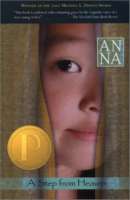 In
In 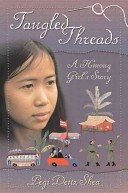 Immigrant students face significant challenges in balancing their home culture and American culture. In
Immigrant students face significant challenges in balancing their home culture and American culture. In 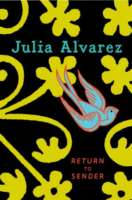 Emergent bilinguals make up 8.2% of the total population of all children under the age of 18 in South Carolina. While there are many languages spoken by immigrant children in our schools, Spanish is the most widespread language spoken by 40,000 of all emergent bilinguals (
Emergent bilinguals make up 8.2% of the total population of all children under the age of 18 in South Carolina. While there are many languages spoken by immigrant children in our schools, Spanish is the most widespread language spoken by 40,000 of all emergent bilinguals (